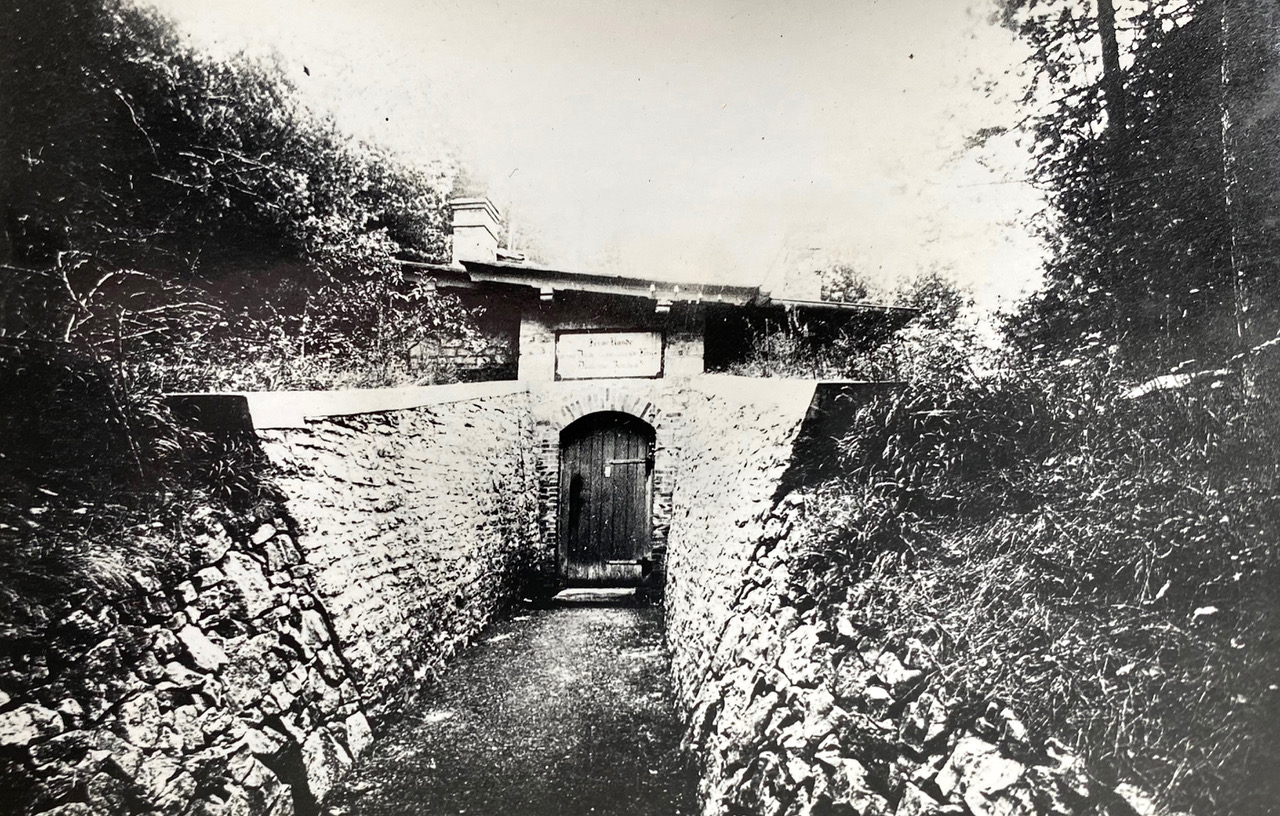PAST TALKS 2022
25 October 2022
‘DocTalks x MoMA’
Environmental Control:
CLEMENS FINKELSTEIN
Princeton University
Respondent: Alfredo Thiermann, EPFL
![]() Earthquake Observatory Göttingen, unknown photographer, c. 1902. Courtesy Deutsche Geophysikalische Gesellschaft / DGG Archive.
Earthquake Observatory Göttingen, unknown photographer, c. 1902. Courtesy Deutsche Geophysikalische Gesellschaft / DGG Archive.
Few architectural typologies entangle the natural and the built environment as closely as technoscientific research facilities whose integral functionality depends on their architectonic capacity to isolate, measure, record, and analyze the wide bandwidth frequencies of planetary vibrations. Nations such as Italy or Japan were at the forefront of earthquake research in the nineteenth century. Their frequently trembling surroundings posed an omnipresent danger to the built environment and its dwellers, demanding active research and earthquake resistant construction. This paper examines the regional particularities of the German “earthquake observatory” (Erdbebenwarte), which emerged in the wake of Prussian astronomer-cum-geophysicist Ernst von Rebeur-Paschwitz’s proof of teleseismic events in 1889—earthquakes whose seismicity can be registered halfway around the globe. The critical inquiry ranges from an early “earthquake house” (Erdbebenhaus), designed by the geophysicist Oskar Hecker in 1896 for the Royal Observatories for Astrophysics, Meteorology, and Geodesy near Potsdam, to the Imperial Main Station for Earthquake Research in Strasbourg. Completed in 1900, the observatory was “the first of its kind in Germany, indeed the first of its kind anywhere in the world,” proclaimed the geophysicist Georg Gerland. He collaborated on the design with imperial building inspector Alfred Jaehnike to conceive of seismic architectures that could bolster Germany’s newly awakened aspirations to expand its authority over the Earth by means of geoscience rather than geopolitics. Geophysicists, this paper argues, assumed unique roles as architectural producers that based their design principles on the totalizing concept of “seismicity”— the “mysterious endogenous telluric movements that embrace at the same time all the forces and, horizontally and radially, all parts of the Earth.” Conceiving the Earth architecturally as a world-building [Weltgebäude], collaborative efforts of geophysicists and architects devised buildings that could harness the vibratory pulse of the planet as an epistemic tool to deduce its interior structure. ‘DocTalks x MoMA’
Environmental Control:
Seismicity as Design Technique
in Wilhelmine Germany
CLEMENS FINKELSTEIN
Princeton University
Respondent: Alfredo Thiermann, EPFL
 Earthquake Observatory Göttingen, unknown photographer, c. 1902. Courtesy Deutsche Geophysikalische Gesellschaft / DGG Archive.
Earthquake Observatory Göttingen, unknown photographer, c. 1902. Courtesy Deutsche Geophysikalische Gesellschaft / DGG Archive.
***
Geopathologies:
LYDIA XYNOGALA
ETH/gta
Respondent: Fabrizio Ballabio, Accademia di Architettura di Mendrisio
![]()
Thermai Sylla Spring, Aidipsos. postcard. date unknown.
Geopathologies:
Tectonic Faults and Bath Buildings
in 20th Century Greece
LYDIA XYNOGALA
ETH/gta
Respondent: Fabrizio Ballabio, Accademia di Architettura di Mendrisio

Thermai Sylla Spring, Aidipsos. postcard. date unknown.
From the late nineteenth to mid twentieth century a number of state-run bath-buildings were constructed in thermal spring sites around Greece. Ancient myths, folk wisdom and results from treatments brought a systematic scientific analysis of the water, mud and soil in these sites. These efforts led to the building of a network of healing spaces across the Greek mainland and islands. This paper focuses on the work of a protagonist of this movement: Doctor Eugenios Fokas. In the years before the advent of World War II, as Professor of the newly established Chair for Hydrology and Clinical Meteorology in the Athens University for Medicine, he advocated for the healing powers of sites across Greece. His research and lectures drew from a mix of Hippocrateian wisdom and the new northern European science of bioclimatology. In the post war-era he became a long-term advisor for the Ministry of Tourism (EOT), the organization responsible for constructing and managing thermal bath facilities in Greece. Geopathology, the ability of an environment to induce healing or particular ailments is applied here to assess visions of “progress” through built infrastructures and their micro histories. Through select examples of Fokas’ writings, political ties, buildings he advised on, and geomorphologies of sites, this paper questions the role of politics, “nature” and the built environment in the construction of a culture of care across the Greek landscape.